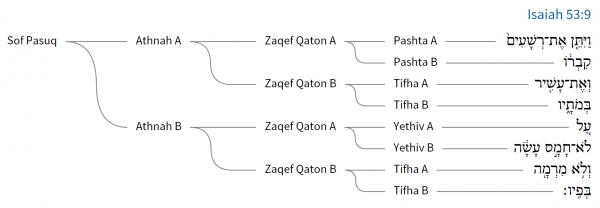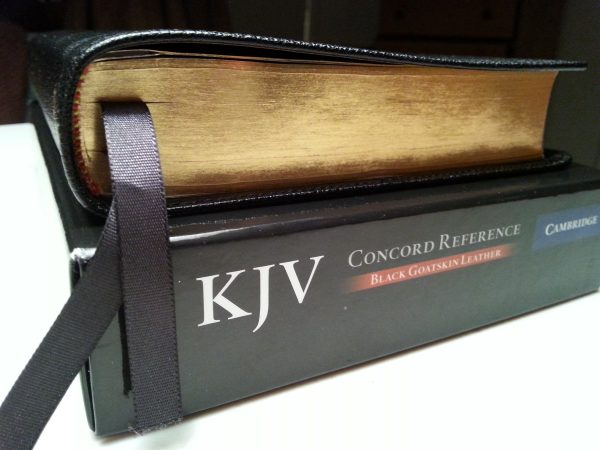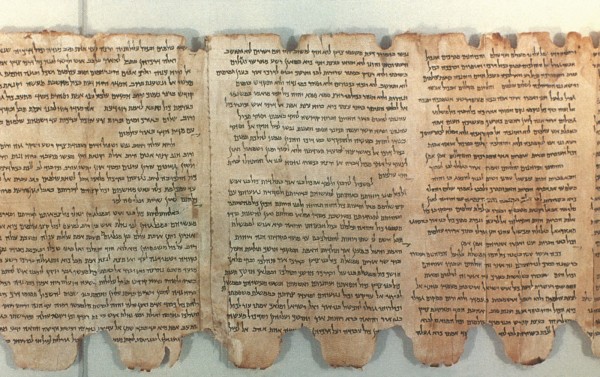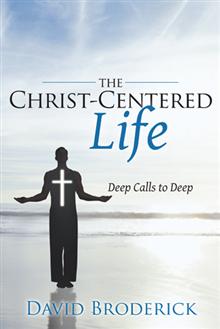
hebrew


HEBREW words describing the 4th beast in Daniel 7
QUESTION about the HEBREW words describing metals and actions of the 4th beast in Daniel 7:7ff [Att all resident Hebrew scholars in the group…

How do the Greek and Hebrew read about Acts 1:8? (Finis J. Dake)
How do the Greek and Hebrew read about Acts 1:8? (Finis J. Dake)

BACK to the BASICS: Hebrew Roots for Separation unto the Lord, Sanctified and Set Apart for Him
THE MEANING OF SANCTIFICATION The term for ‘sanctification’ as used in the New Covenant is HAGIOSMOS and means basically ‘set apart’, in the sense…

Is "kill" a valid translation for Exodus 20:13 (Thou shalt not kill)?
Exodus 20:13 (KJV)
Thou shalt not kill.
Many political statements have been made about this verse. This translation has been used by many to support their pacifist desires. However, it seems that most translations ha…

Why are thighs important?
There is an old question on Christianity.SE which I suggested that it should also be asked here – since we don’t migrate OLD questions. In doing so, I noticed that the OP hasn’t been really active and I suspect that it will never be asked here. With that said:
Genesis 24:2 NIV
One day Abraham said to his oldest servant, the man in charge of his household, “Take an oath by putting your hand under my thigh.
Genesis 47:29 NIV
As the time of his death drew near, Jacob called for his son Joseph and said to him, “Please do me this favor. Put your hand under my thigh and swear that you will treat me with unfailing love by honoring this last request: Do not bury me in Egypt.
Leviticus 7:33 NIV
The right thigh must always be given to the priest who offers the blood and the fat of the peace offering.
Is this a translation concern? What do they REALLY mean?

Is DEATH Singular or Plural in Isaiah 53:9 and What is it’s Meaning?
Isaiah 53:9 says, “וַיִּתֵּ֤ן אֶת־רְשָׁעִים֙ קִבְרֹ֔ו וְאֶת־עָשִׁ֖יר בְּמֹתָ֑יו עַ֚ל לֹא־חָמָ֣ס עָשָׂ֔ה וְלֹ֥א מִרְמָ֖ה בְּפִֽיו׃(Westminster Leningrad Codex)
“Violence not Because in his death the rich and with his engrave the wicked with And he made in his mouth (was any) deceit neither he had done.”(Interlinear)
I am not a Hebrew Scholar, but my understanding, as well as the common translations say that בְּמֹתָ֑יו is singular, yet the BDB lists the יו as being plural.
If my assumption is correct, then why was בְּמֹתָ֑יו(death) translated Singular, and what would this passage mean if it were understood in the plural?

Is Hebrew roots a common occurrence in the church today?
Is it a common occurrence for people who begin to embrace “hebrew roots” movements to begin to deny the deity of Christ? #helpme Tom…

In Isaiah 14:12 did the King James translator make a mistake using the term Lucifer to describe morning star?
KJV Isaiah 14:12
How art thou fallen from heaven, O Lucifer, son of the morning! how art thou cut down to the ground, which didst weaken the nations!
NRSV Isaiah 14:12
How you are fallen from heaven, O Day Star, son…

What are the "generations" in Genesis 2:4?
Genesis 2:4:
These are the generations of the heavens and the earth when they were created, in the day that the LORD God made the earth and the heavens.(ESV)
(BHS) אֵ֣לֶּה תֹולְדֹ֧ות הַשָּׁמַ֛יִם וְהָאָ֖רֶץ בְּהִבָּֽרְאָ֑ם בְּיֹ֗ום עֲשֹׂ֛ות יְהוָ֥ה אֱלֹהִ֖ים אֶ֥רֶץ וְשָׁמָֽיִם׃
I’m wondering what “these are the generations” refers to. Is it meant as a summary of what precedes it or as an introduction to what follows it?
I’m also not sure what תֹולְדֹ֧ות (tolədôt; ESV, “generations”) refers to in this context. Other translations use “account,” which is clearer but makes me feel like I’m not quite understanding the plural sense of
אֵ֣לֶּה תֹולְדֹ֧ות (ēlleh tolədôt) nor the connection with the basic meaning which apparently has something to do with descent/ancestry.

Did Abraham meet Jacob as alluded in Hebrews 11:9?
Hebrews 11:8
8 By faith Abraham, when he was called to go out into a place which he should after receive for an inheritance, obeyed; and he went out, not knowing whither he went. 9 By faith he sojourned in the land of pro…

"Government shall be upon His shoulder" Isaiah 9:6
Isaiah 9:6:
For unto us a child is born, unto us a son is given: and the government shall be upon his shoulder: and his name shall be called Wonderful, Counsellor, The mighty God, The everlasting Father, The Prince of Pea…
